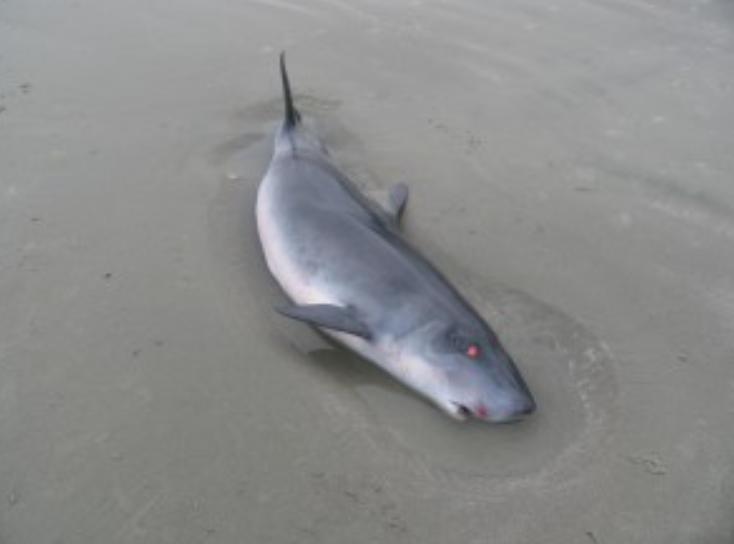
Dwarf Sperm Whales Release Intestinal Fluid to Evade Threats
In the depths of the ocean, a fascinating phenomenon has been observed in the behavior of dwarf sperm whales. These marine mammals have evolved a unique defense mechanism to evade predators, which involves releasing a large amount of intestinal fluid into the water. The sac-like structure in their intestine is filled with a dark, reddish-brown liquid, which is released when the whale feels threatened or is escaping a predator. This remarkable behavior has been observed numerous times, and scientists are eager to learn more about it.
The Unique Defense Mechanism
Dwarf sperm whales (Kogia simus) are a species of toothed whale that is found in tropical and subtropical waters around the world. They are relatively small, reaching lengths of up to 10 feet (3 meters) and weighing up to 1,100 pounds (500 kilograms). Despite their size, they are agile and can dive to depths of over 1,000 feet (305 meters) in search of food.
One of the most striking features of dwarf sperm whales is the sac-like structure in their intestine, which is filled with a dark, reddish-brown liquid. This liquid is a type of intestinal fluid that is designed to be released when the whale feels threatened or is escaping a predator. When this happens, the whale releases more than three gallons (13.6 liters) of this fluid into the water, creating a dark cloud that surrounds the whale.
How it Works
The release of intestinal fluid is a complex process that involves a number of physiological and behavioral changes in the whale. When a dwarf sperm whale feels threatened or is being chased by a predator, it contracts its intestinal muscles, causing the sac-like structure to release the dark liquid into the water. This liquid is rich in nutrients and has a unique composition that makes it difficult for predators to detect the whale.
As the whale releases the intestinal fluid, it creates a dark cloud that surrounds the whale, making it difficult for predators to see it. This cloud also reduces the visibility of the whale’s outline, making it harder for predators to detect its exact location. At the same time, the whale uses its agility and speed to swim away from the predator, taking advantage of the confusion caused by the dark cloud.
Benefits of this Defense Mechanism
The release of intestinal fluid is a highly effective defense mechanism for dwarf sperm whales, and it has several benefits. Firstly, it provides the whale with a unique way to evade predators, allowing it to escape threats that might otherwise be fatal. Secondly, it creates a cloud of darkness that makes it difficult for predators to detect the whale, reducing the risk of being attacked.
Additionally, the release of intestinal fluid is also thought to play a role in the whale’s social behavior. Dwarf sperm whales are known to be social animals that live in groups, and the release of intestinal fluid may be a way for them to communicate with each other. The dark cloud created by the release of intestinal fluid may also help to confuse predators and reduce the risk of predation for the entire group.
Conclusion
The release of intestinal fluid by dwarf sperm whales is a fascinating and unique defense mechanism that has evolved to help these whales evade predators. By releasing a large amount of dark liquid into the water, dwarf sperm whales are able to create a cloud of darkness that makes it difficult for predators to detect them. This remarkable behavior is an important adaptation that has allowed dwarf sperm whales to thrive in the deep waters of the ocean.
As we continue to learn more about the behavior and ecology of dwarf sperm whales, we are reminded of the importance of preserving and protecting these incredible creatures and their habitats. By studying and learning about these unique animals, we can gain a deeper appreciation for the natural world and our place within it.
Source:






